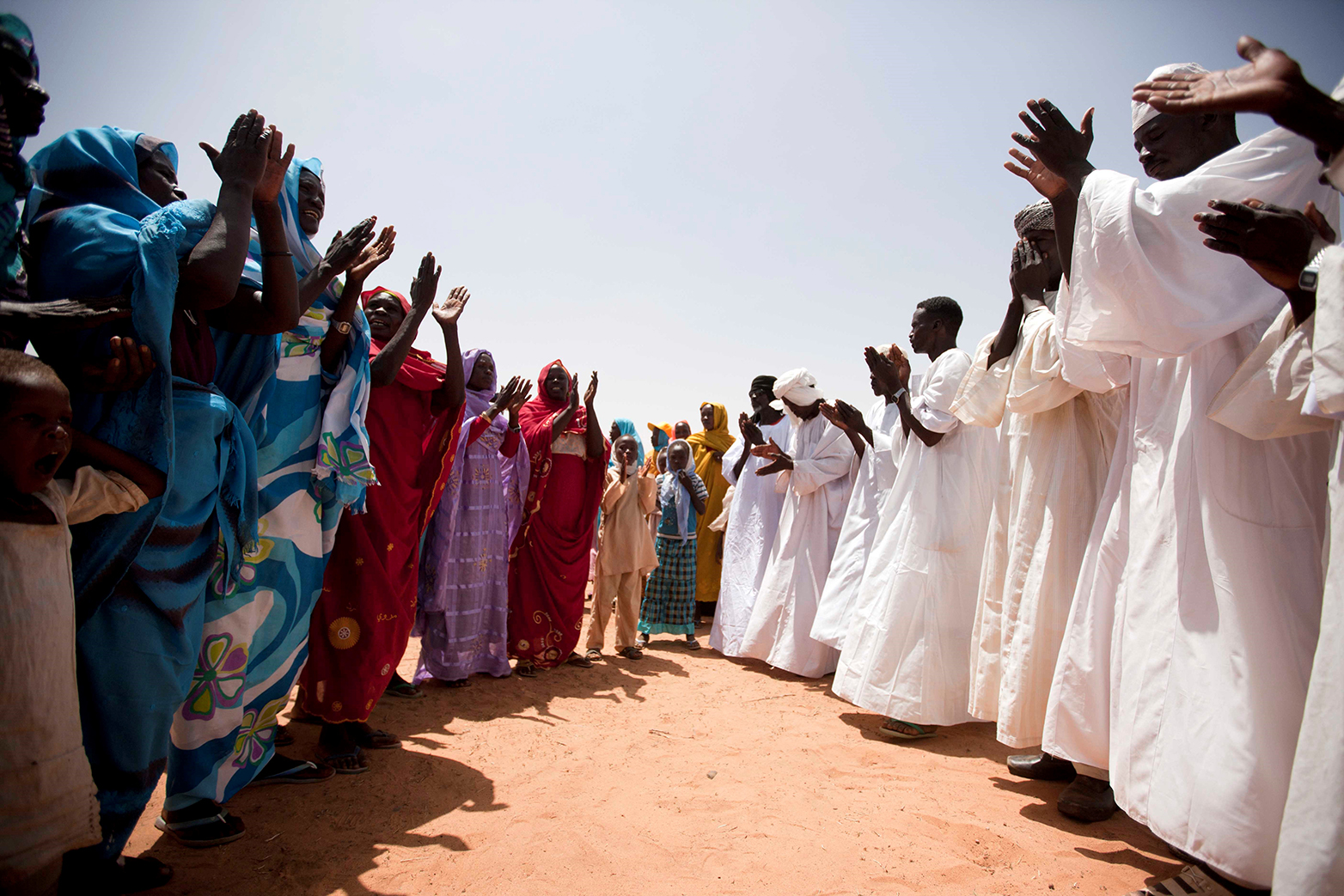Peace Agreements and Disarmament, Demobilization and Reintegration (DDR): Insights from the Central African Republic and Libya
Based on first-hand field experience with the UN in Africa, this CSS Mediation Resources by Silke Rusch analyzes how third parties engage armed groups in the negotiation and implementation of peace agreements with DDR provisions. A specific focus lies on this question in extremely fragile contexts, like the Central African Republic and Libya, where the state’s institutions are weak and non-state armed groups control large territories and natural resources. The study also explores ways forward.

The study is structured as follows:
First, the problem statement is being outlined. The way DDR is inserted into peace agreements and then Security Council mandates, and the pre-conditions required for their effective implementation is being explained. Also the potential and limitations of complementary programming developed by the UN in response to traditional DDR, in particular Community Violence Reduction (CVR) is being explored.
Second, the “Actors, Content, Context, Process (ACCP)” analytical framework for mediation is being used to structure the questions that are used to analyze the case studies. The argument is that this framework is useful for mediators and conflict parties when considering including DDR provisions in an agreement.
Third, the cases of the CAR and Libya are being looked at. The role of armed groups in the peace talks and what led to the inclusion of DDR provisions in the agreements adopted is being analyzed. Then experiences stakeholders have had in trying to implement these agreements are being shared.
Fourth, ideas to enrich the discussion on the way forward are being presented. The possibility of engaging armed groups, communities, and the central state in local governance building initiatives is being explored, and how these initiatives could be integrated into different phases of a peace process is being described.
